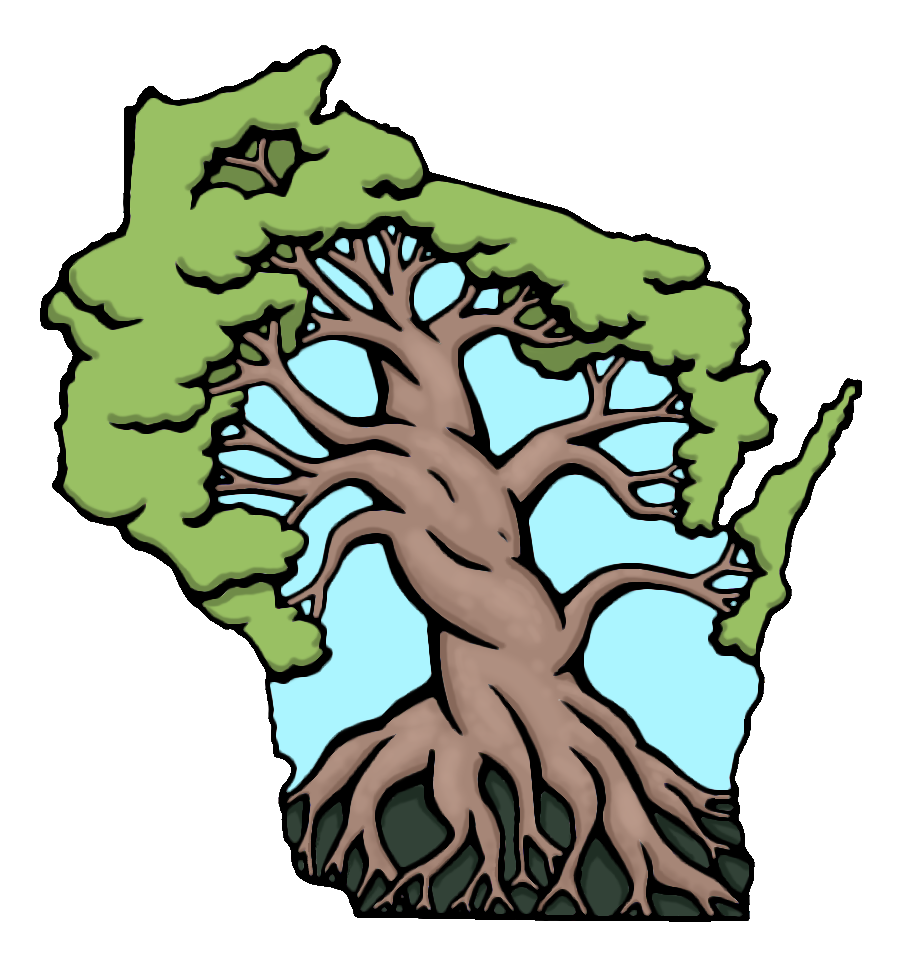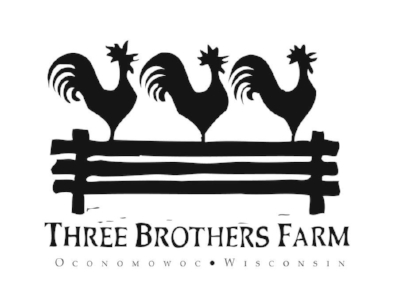Water has been on my mind quite often these days. In my commitment to staying true to the ethics and principles of permaculture design, I have been in the observation phase of a 30 acre landscape in Ontonagon, MI which I recently cooperatively purchased with family. We are currently in the second year of observation with minimal interaction to care for the life already on the landscape.
We have made only one major change to the landscape before completing this observation phase; adding a well with a hand pump. The well was dug late last fall, and the hand pump was just delivered. It should be put onto the well within the next few weeks. After that, we wait for the test results from the Western Upper Peninsula Health Department to let us know the quality of our water. Here's hoping!
This was done first to ensure that one of the water sources available was potable to be able to live on the landscape all year. This action taken was done for the purpose of research. It was the only physical change made to the landscape, so far, and it was done to discover the quality of one of our water sources.
Water was also a key element in our choosing and purchasing of the landscape in Ontonagon. We first chose the Ontonagon area because this region is called a banana belt, a slightly warmer region, and is surrounded by regions that are called a snowbelt in where they see heavy snowfall in the winter, also known as, lake-effect snow. Although we appreciate snow, we weren't sure we wanted to handle as much snow as they get in the surrounding areas.
Before purchasing, we also researched the area well depths to be able to gauge an approximate depth for our own well. As we found out last fall, our estimate was close. We also researched water quality in the area to find out if we might face any issues. We saw none in the local area, but are still awaiting the final results of our own water source. Area well depths which were mostly under 200', water tables as low as six inches, and good water quality were some of the main reasons that led us to this area.
We also looked into the geography and geology of the area which helped to understand the water moving in, on and through this landscape. All of this information was found on publicly funded websites. A little online research can reveal much about a landscape including area water table levels, water qualities, soil types, soil compositions, bedrock, local plant life, and so much more without even seeing it.
When we did first see this landscape, we were experiencing it in a drier season with lower rainfalls and snowfalls over the past couple years. And now, we have seen it in one of it's wettest seasons over the past year. This has actually been a gift to us as it gives us the experience to be able to design for both dry and wet seasons.
Our most recent experience included a few big storms with heavy rain events over a couple days which revealed much about our landscape and the area water cycle. Our area did not receive as much rain as the surrounding areas - much like it is in winter with less snow. A few areas around us even experienced extreme flooding in where roads were washed away.
At that same time we were camping in a tent which stayed dry inside, plus we were on a high spot in a clearing in the woods. We experienced a beautiful light show by the hundreds of lightning bugs flying around right before the rain event. They lit up the somewhat dark night as the moon and setting sun were sharing the same sky. We also noticed that during the stillness between the rainfall is when many different bugs became very active, such as, mosquitoes, many kinds of flies, and dragon flies.
Once the rains cleared, the sun came out between the clouds, and a slight breeze moved through; those bugs became less active and others came alive. We also observed the other various life forms in nature that were hiding from the rain and became active again once the rains stopped. Experiencing this water cycle event also revealed to us the many other life cycles in and on our landscape.
Water, simply put, is one oxygen element bonded with two hydrogen elements. It comes in many forms and has it's own cycle on this planet. Water aids in the creation of life yet also has the capacity to destroy it just the same. Water is the essence of all life.... Water is life... but Water can also be death.
Because water holds the power of life and death, it is important to our survival to learn and understand it. If we do so, we can design our landscapes so that water is aiding life more than it destroys it. Water is the most abundant chemical compound on this earth and in our universe. It's importance in our lives is clear and we must always keep that in the forefronts of our minds when designing our lives and landscapes.
Just a little bit about my journey with water....
Your permaculture friend,
Effie J Truchon
Effie Trucheon is part of the organizing team for the Wisconsin Permaculture Convergence. She lives in West Allis, Wisconsin where she is active in her community. Effie is the owner of Permaculture Designs by Effie and offers design and consultation services.






















